What is the Melting Point of Titanium?
By understanding them, you will see why people prefer titanium. Industries such as aerospace, medical, and manufacturing use it. Its melting point impacts its use in many industries. It has a high melting point. This, combined with its other unique proper
 May 31,2024
May 31,2024 
Types, Properties, and Applications of PP Copolymer: A Comprehensive Guide
The carbon polymer chain having hexane, ethylene, and butene substitutional groups is called polypropylene which is a thermoplastic polymer. Polypropylene copolymer is an industrial plastic used in a wide range of applications. Commodity plastics copolyme
 May 29,2024
May 29,2024 
Acetal vs Delrin: A Comprehensive Comparison for Manufacturing and Mechanical Design
Polyoxymethylene, also named Acetal copolymer, is a thermoplastic which has semi-crystalline nature. Acetal copolymer has excellent dimensional stability, durability, and high friction. Acetal homopolymer known as Delrin has exceptional stiffness, strengt
 May 29,2024
May 29,2024 
Stainless Steel Melting Point: An Essential Guide for Mechanical Engineers
Stainless steel has a range of composition depending on the demands. Based on microstructures, these are like austenitic grades (316, 304), ferritic grades (430, 434) and martensitic grades (410, 420). Similarly, they can be categorized as alloying elemen
 May 29,2024
May 29,2024 
Understanding Metal Melting Points: A Comprehensive Guide for Manufacturing Professionals
This article will highlight the importance of metal melting points in manufacturing processes. The lowest melting point in metals is mercury which is -38 degrees Celsius. The highest melting point is of tungsten which is 3422 degrees Celsius. This shows t
 May 13,2024
May 13,2024 
15 Things You Didn't Know About Brass Alloy
Brass, a distinct and versatile metal alloy primarily composed of copper and zinc, has played a pivotal role in manufacturing and technological advancements across numerous industries. Its unique properties, including superb malleability, corrosion resist
 May 10,2024
May 10,2024 
What is Brass Made of: Composition, Properties, and Applications
Brass is an essential alloy in manufacturing, known for its resilience and versatility. At Tuofa, we specialize in utilizing brass in our CNC machining processes, ensuring that we meet the diverse needs of our clients with precision-engineered brass compo
 May 08,2024
May 08,2024 
What is Tensile Testing: Methods, Types, and Data Analysis
Tensile testing is one of the types of mechanical testing. It is the simplest and most frequently used testing method to determine material’s properties. It is carried out by determining the load that is needed to deform the material to its failure
 Mar 29,2024
Mar 29,2024 
What is Tempered Steel and Why is Tempered Metal Important?
In the world of metallurgy, tempered steel stands as a keystone on the basis of its importance in various industrial usage and applications especially when this material goes through heat treatment process via different temperature variations. The process
 Mar 15,2024
Mar 15,2024 
The Role of Temperature in Steel Hardening: A Comprehensive Guide
As industry professionals in the manufacturing and mechanical sectors, we understand the importance of temperature for hardened steel. In this guide, we'll delve into the role of temperature in steel hardening, providing insights to understand this cr
 Mar 14,2024
Mar 14,2024 
12 Benefits of Steel Hardening: Impact on You
At Tuofa, we specialize in advanced CNC machining and understand the critical importance of material treatments like steel hardening. This process not only improves the longevity and performance of steel components but also significantly impacts their eff
 Mar 14,2024
Mar 14,2024 
The Drawbacks of Steel Hardening: Potential Challenges and Solutions
At Tuofa, we understand the critical role of steel hardening in manufacturing and mechanical design. This process, integral to enhancing the durability and wear resistance of steel components, is not without its challenges. Here, we'll delve into the
 Mar 14,2024
Mar 14,2024 
Case Hardening vs Through Hardening: Understanding the Differences in Steel Treatment
China Tuofa's expert guide on steel hardening – a critical process in both manufacturing and mechanical design. Our expertise lies in the detailed understanding of these processes, crucial for enhancing the durability and functionality of a wide
 Mar 13,2024
Mar 13,2024 
Stress and Strain in Focus: Key Differences and Engineering
Stress and strain are influential phenomena in engineering and technology. They give insight about the mechanical properties of a material. Stress develops when a pressure is applied on an object. This enables the deformation which is called strain. So ba
 Mar 13,2024
Mar 13,2024 
7 Techniques for Steel Hardening | How to Harden Steel
The hardening process is done on steel to increase the strength and hardness of steel parts. Steel hardening techniques are performed on specific parameters to improve the mechanical properties, especially the hardness of the steel components. In this art
 Mar 08,2024
Mar 08,2024 
Ultimate Guide to Black Anodizing: Process, Benefits, and Applications
If you are not familiar with black anodizing, then we can explain it for you in simple words. It is a practice of anodizing aluminum (Al). And then dye it black color with appropriate quality dye. This method is not same as black oxide because Al parts ca
 Feb 24,2024
Feb 24,2024 
Alodine vs Anodize, A Comprehensive Comparison
Before starting the comparison between Alodine and anodize, you must know what actually are these? Well, these are two types of finishing for Aluminum. Alodine is basically a trademark name for a certain chemical. This is also known as chromate conversion
 Feb 15,2024
Feb 15,2024 
Enhancing Surfaces with PVD Coating: A Modern Solution
Specialized coatings are normally an essential part in industrial procedures for surface enhancement of high-performance products. They are applied for surface, tools, and equipment protection to enhance durability and performance. PVD metal finish is one
 Feb 13,2024
Feb 13,2024 
 Tel/WeChat:
Tel/WeChat:  Email:
Email: 
 Home
Home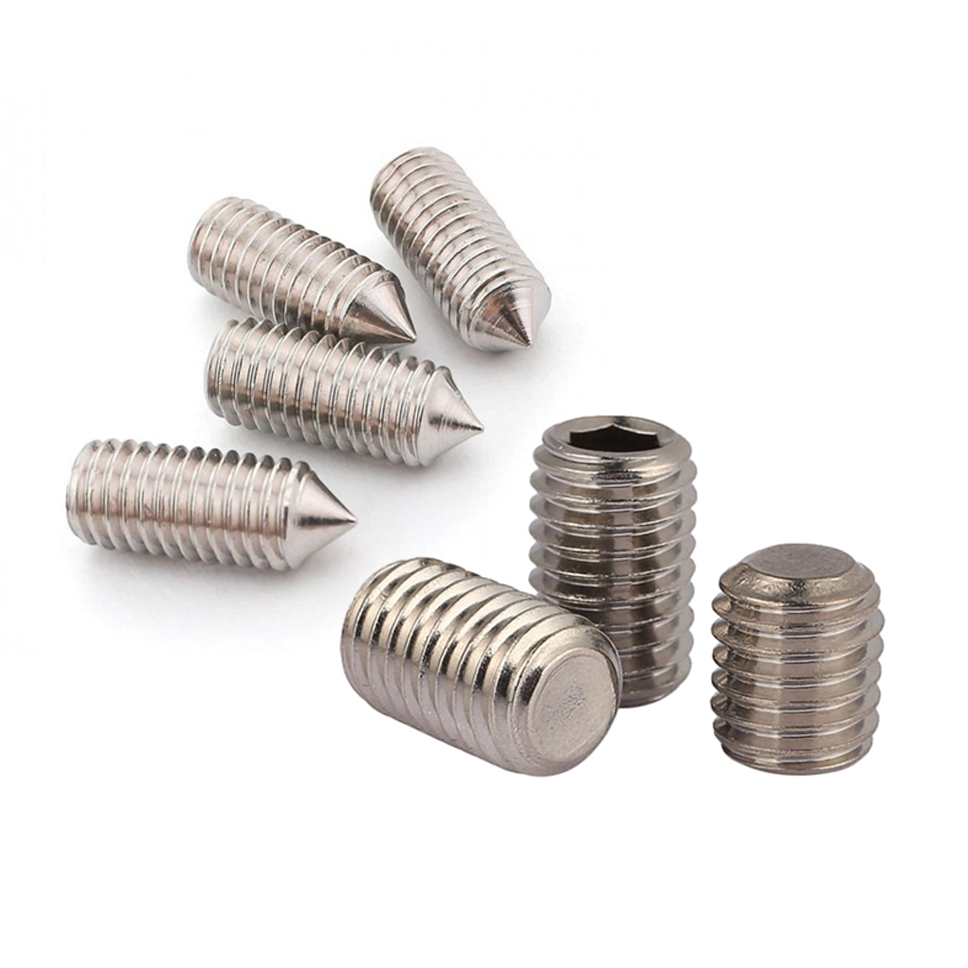
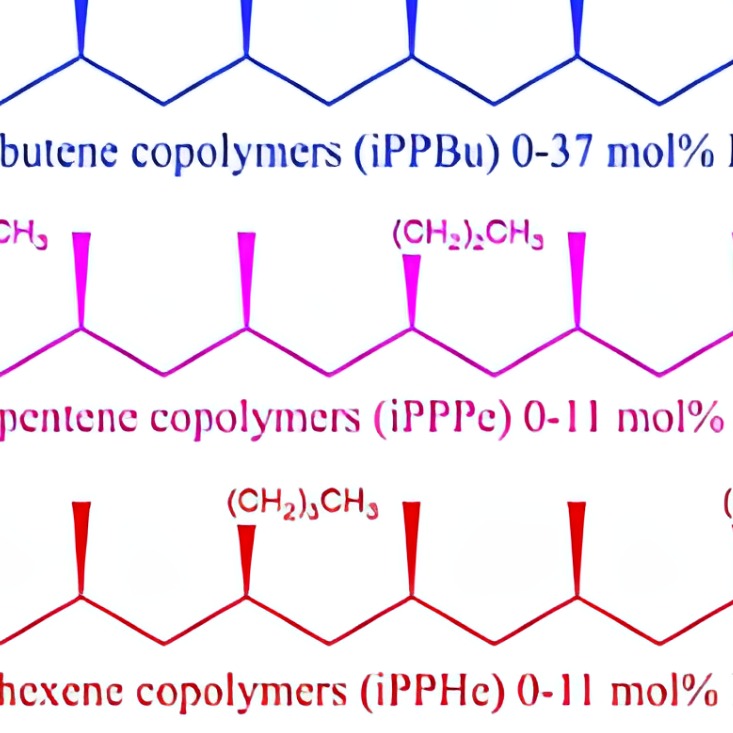
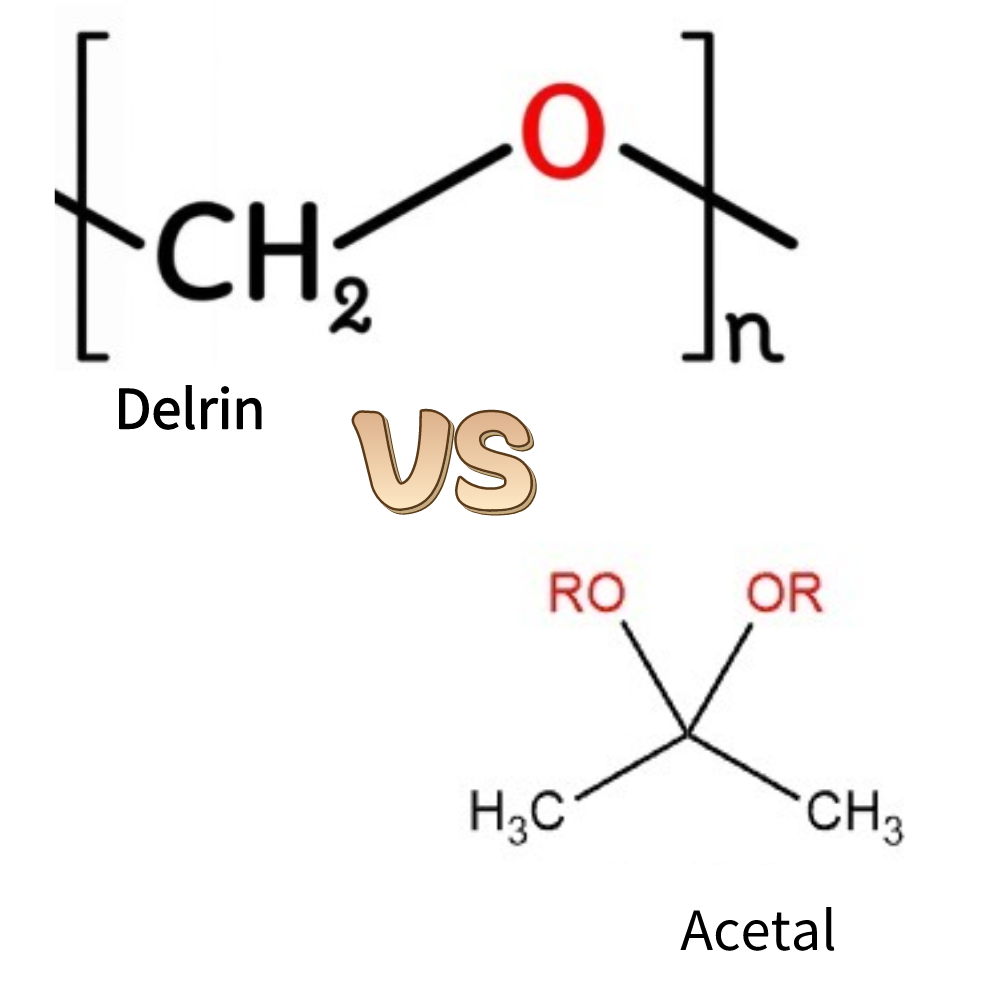
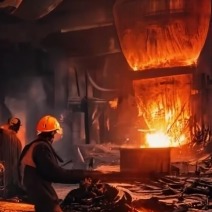
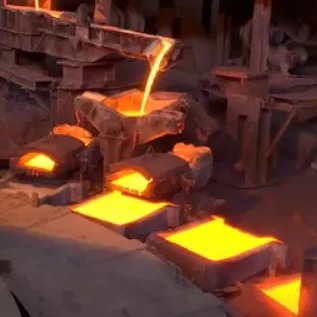
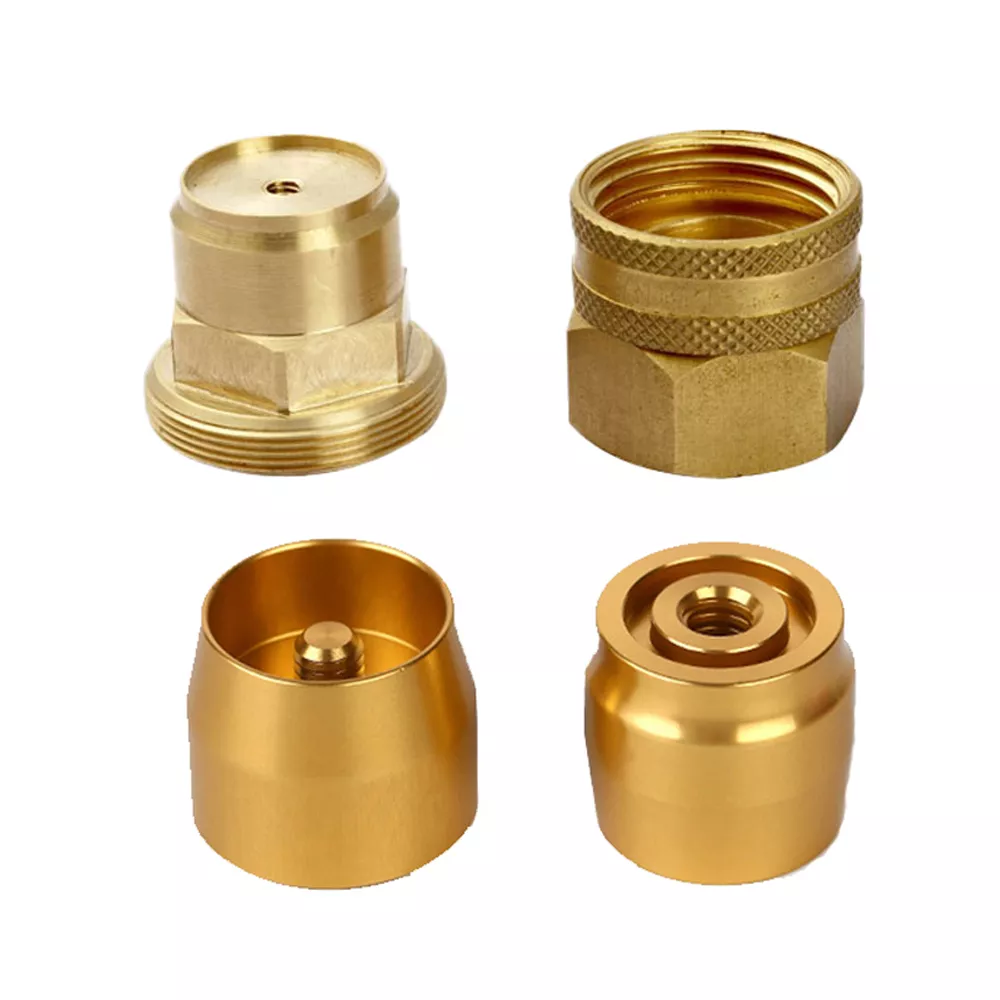

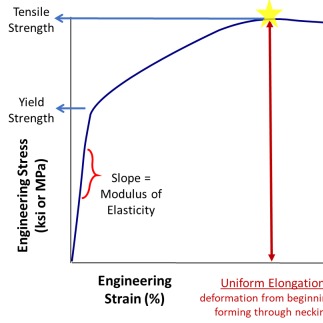
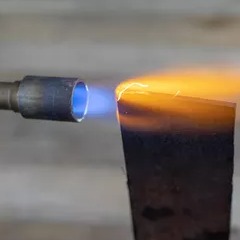
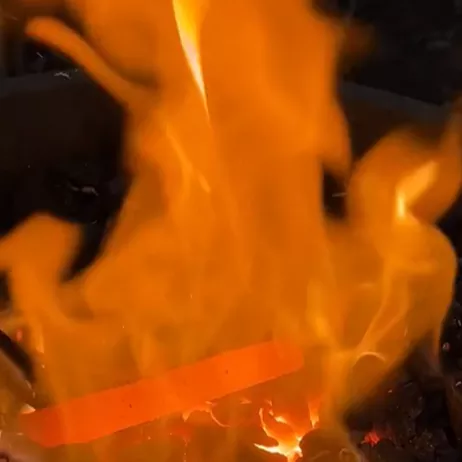
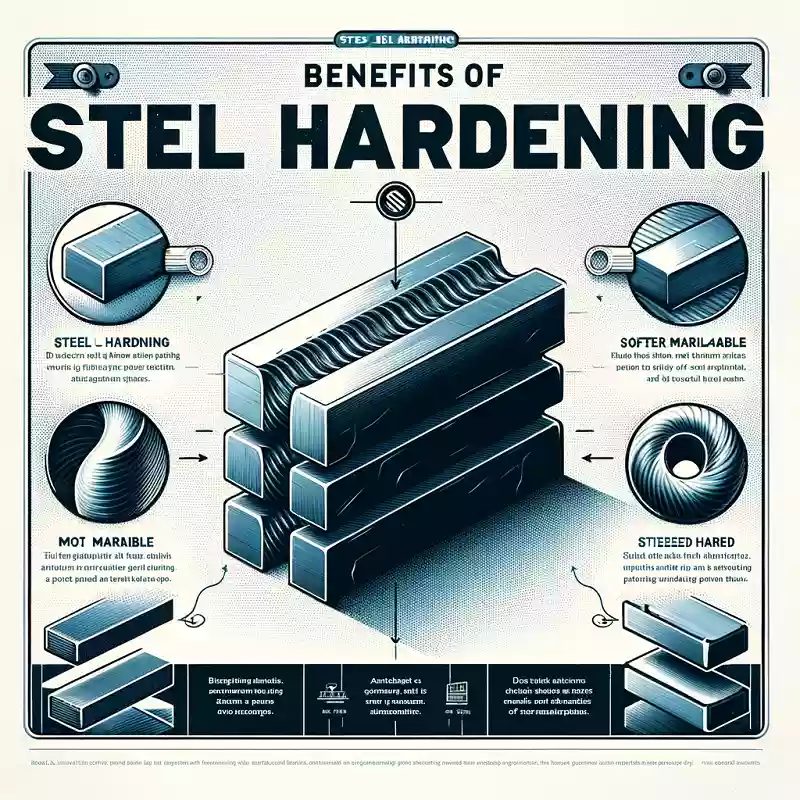
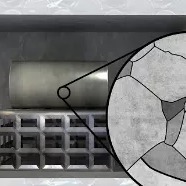
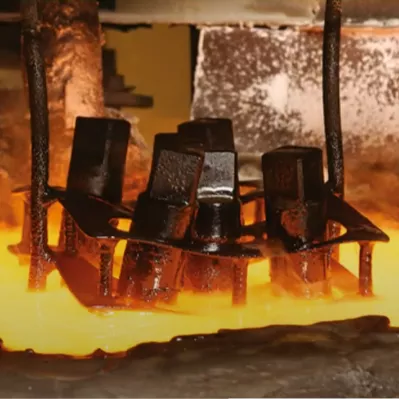

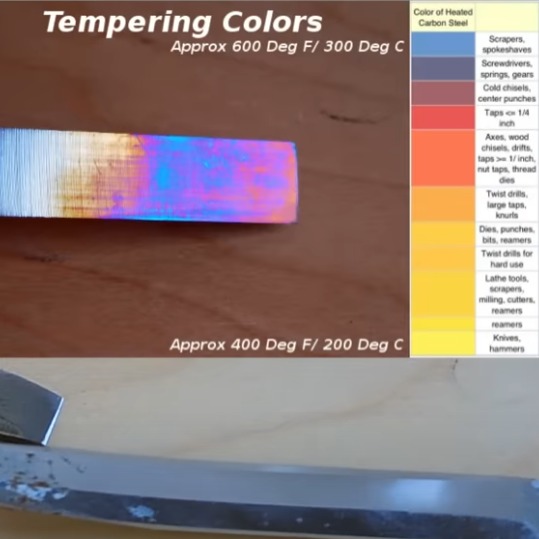
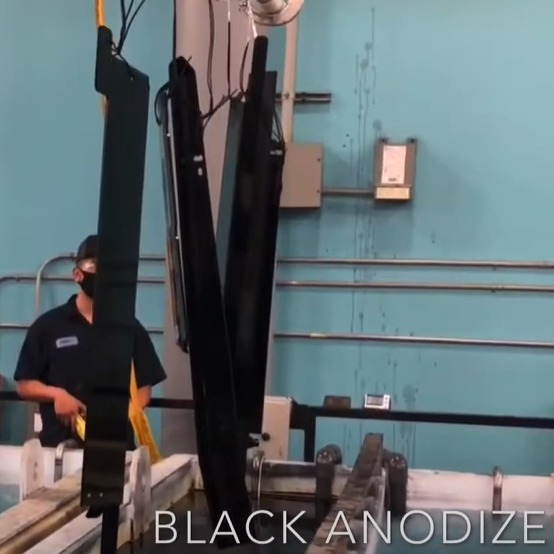
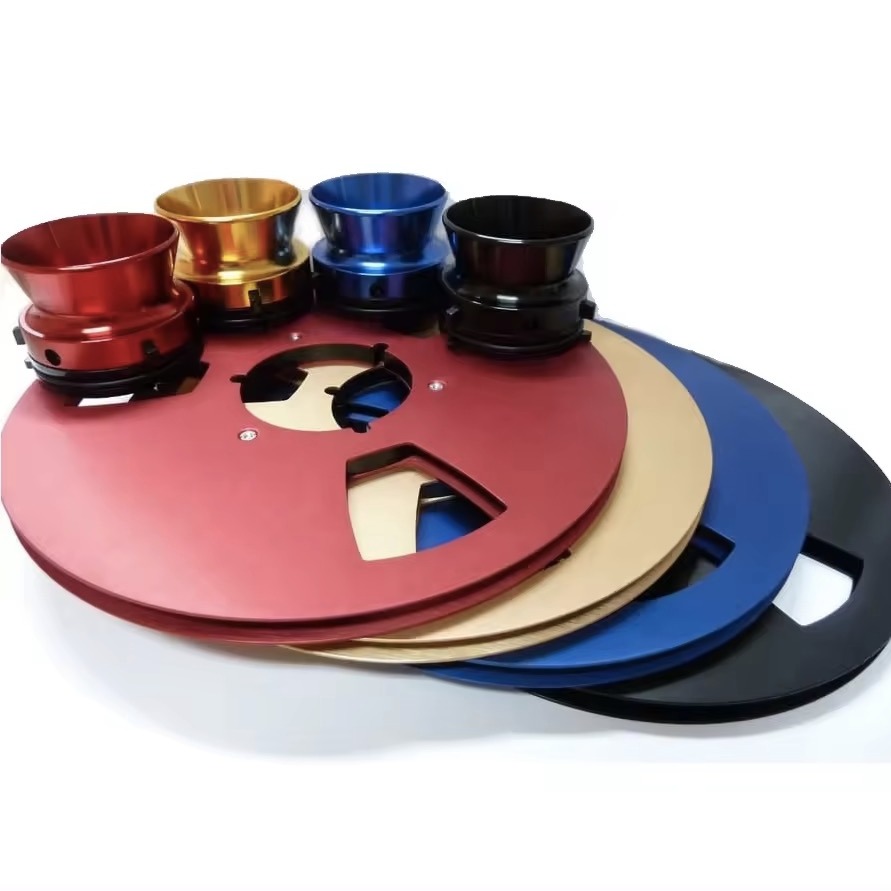
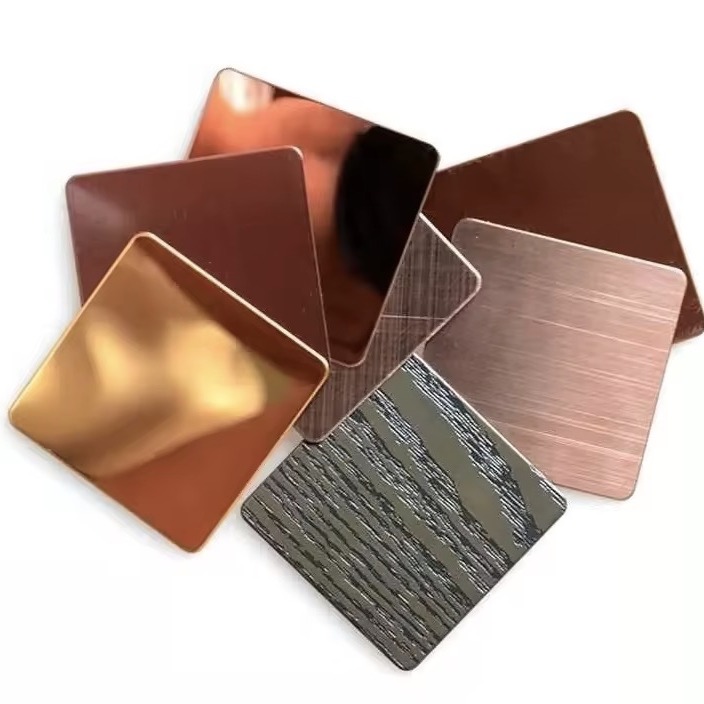

 You May Also Like
You May Also Like
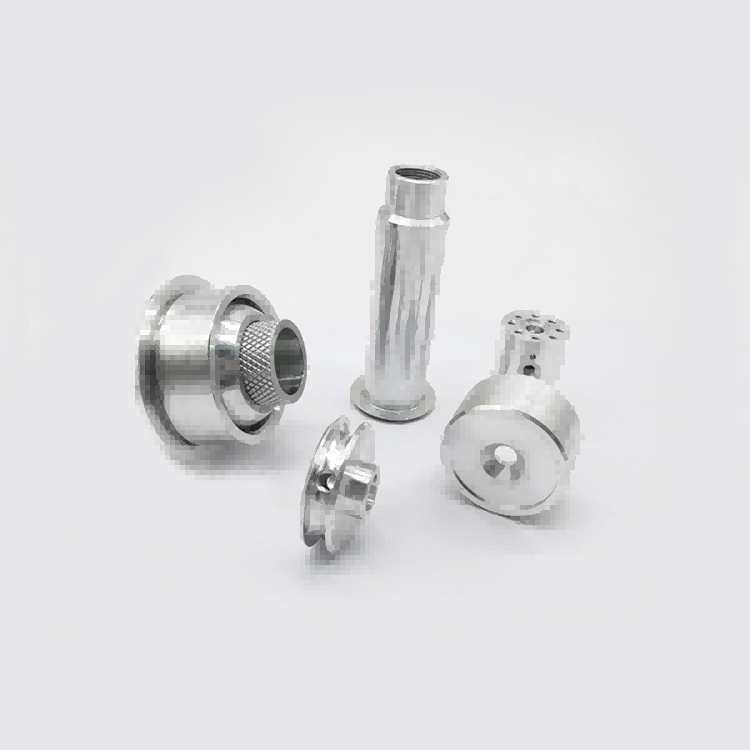

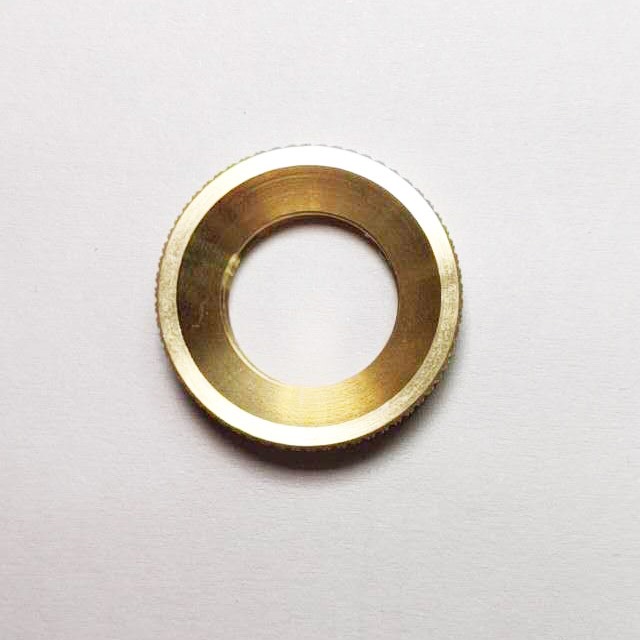
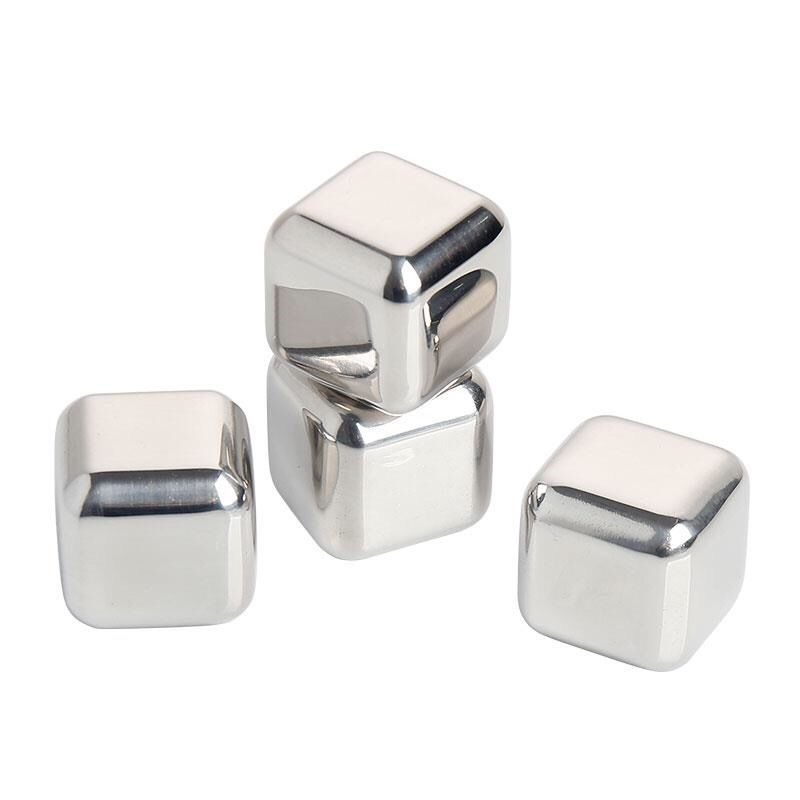
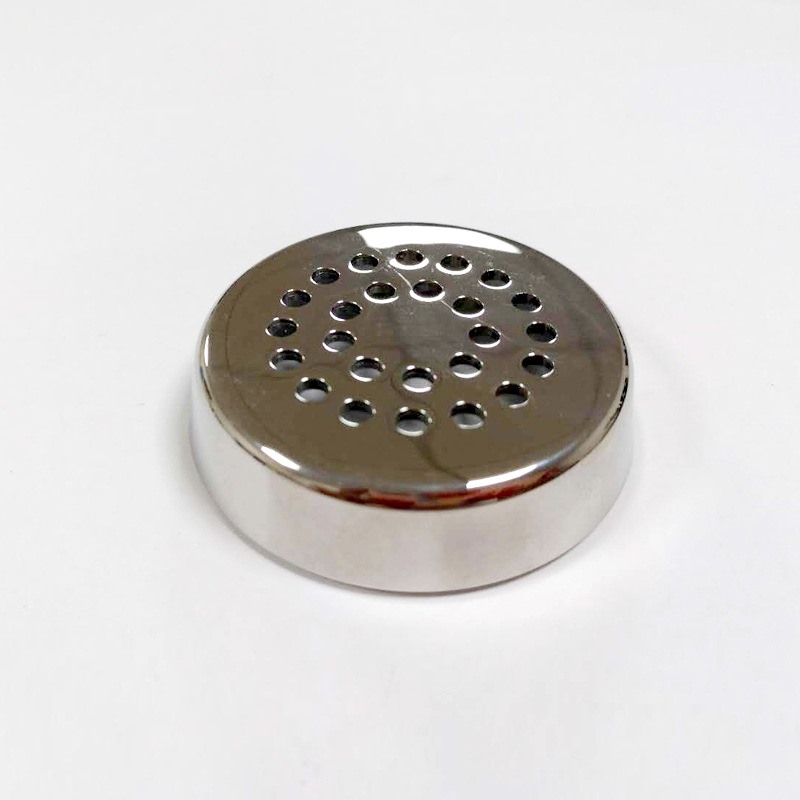
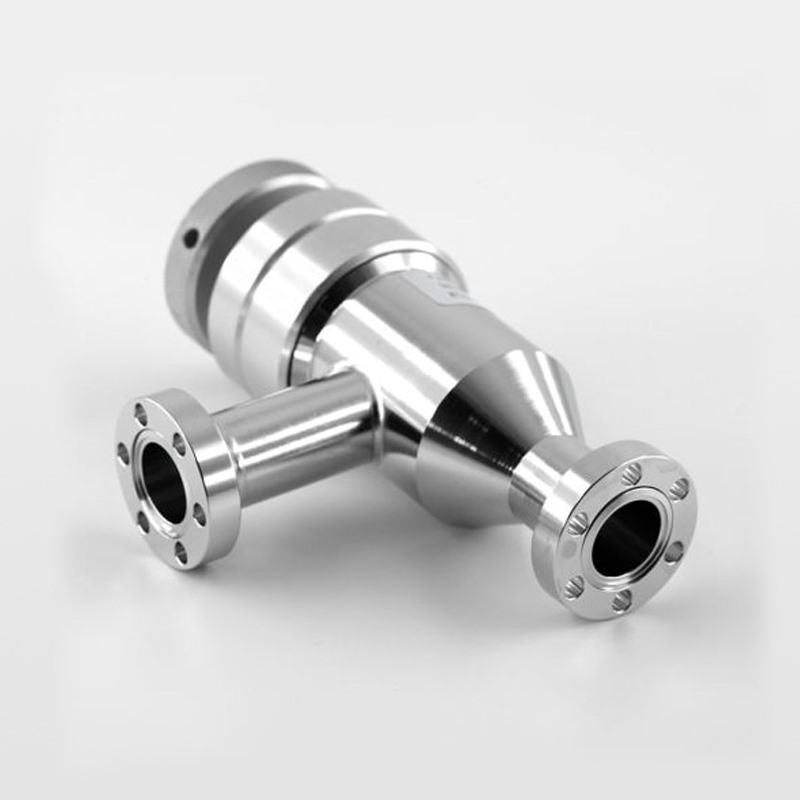
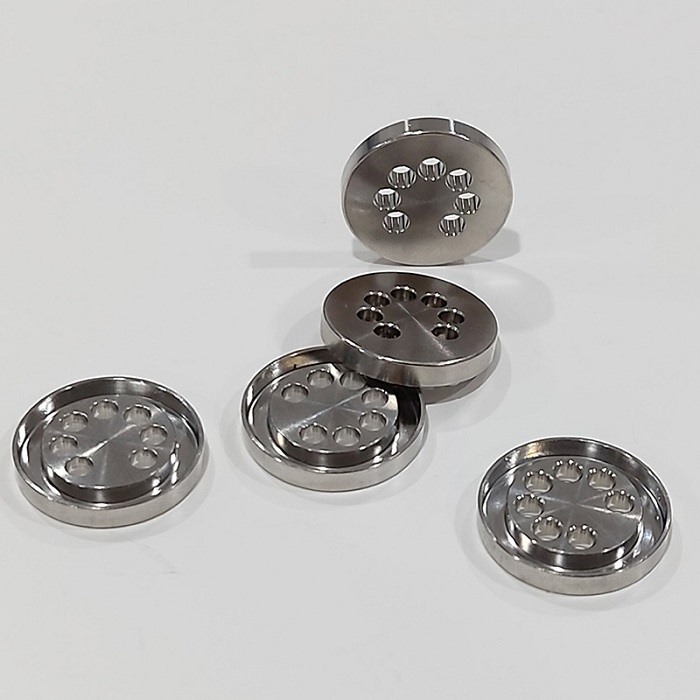
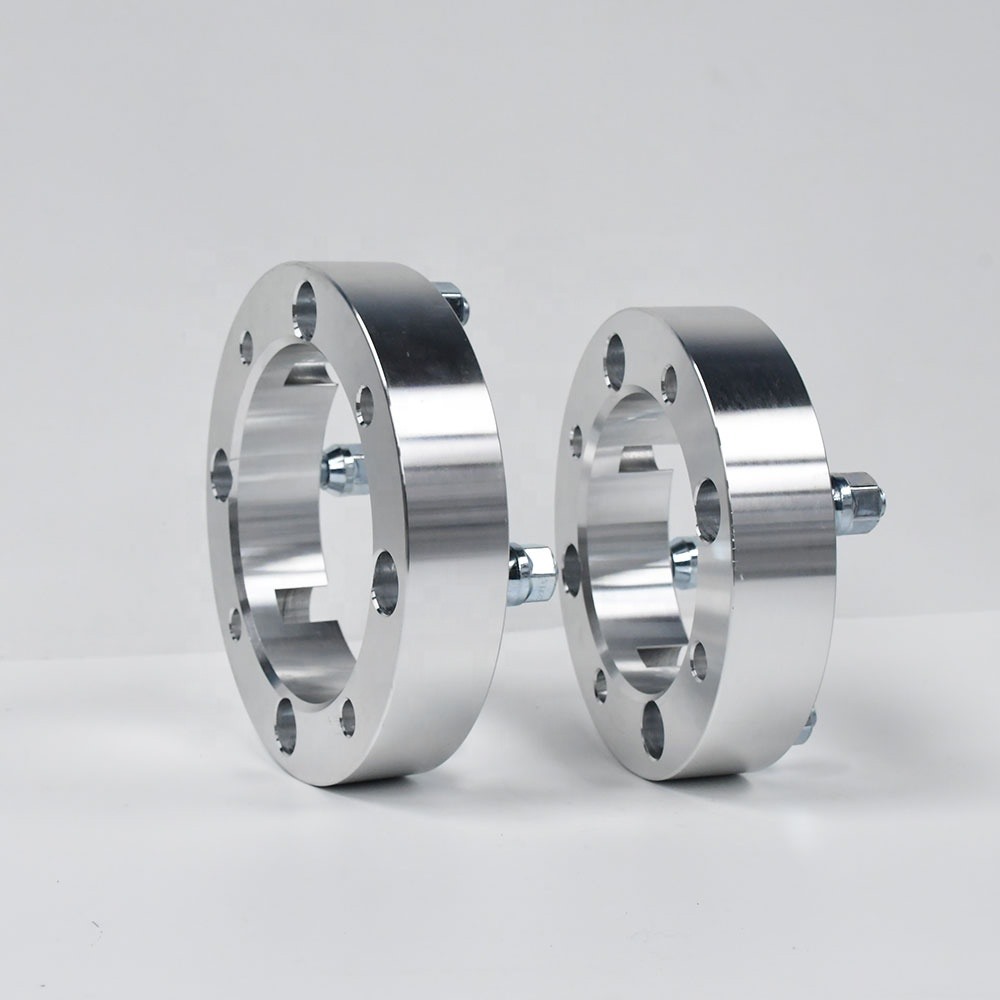
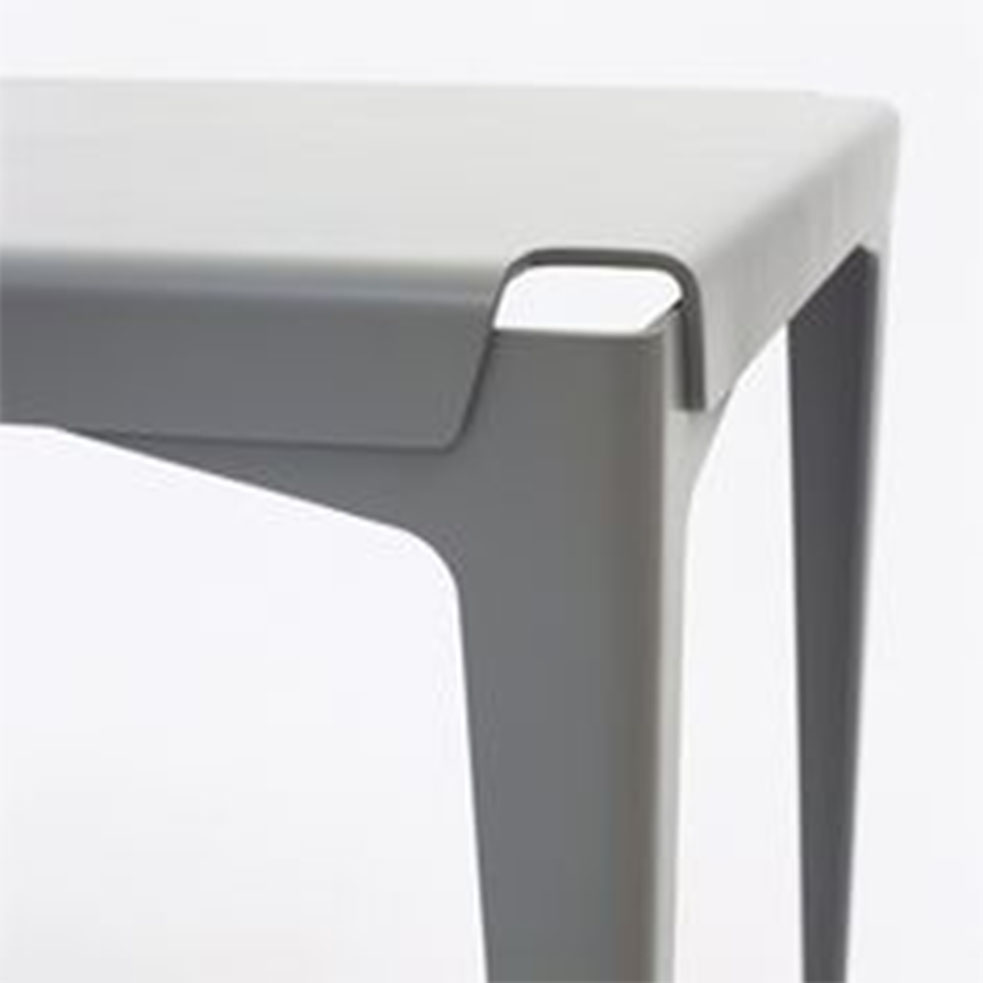

 Tel
Tel
 Email
Email
 Address
Address








